5 Successful Startups That Used Lean Methodology (Case Studies)
North Mondays Series: Episode 74
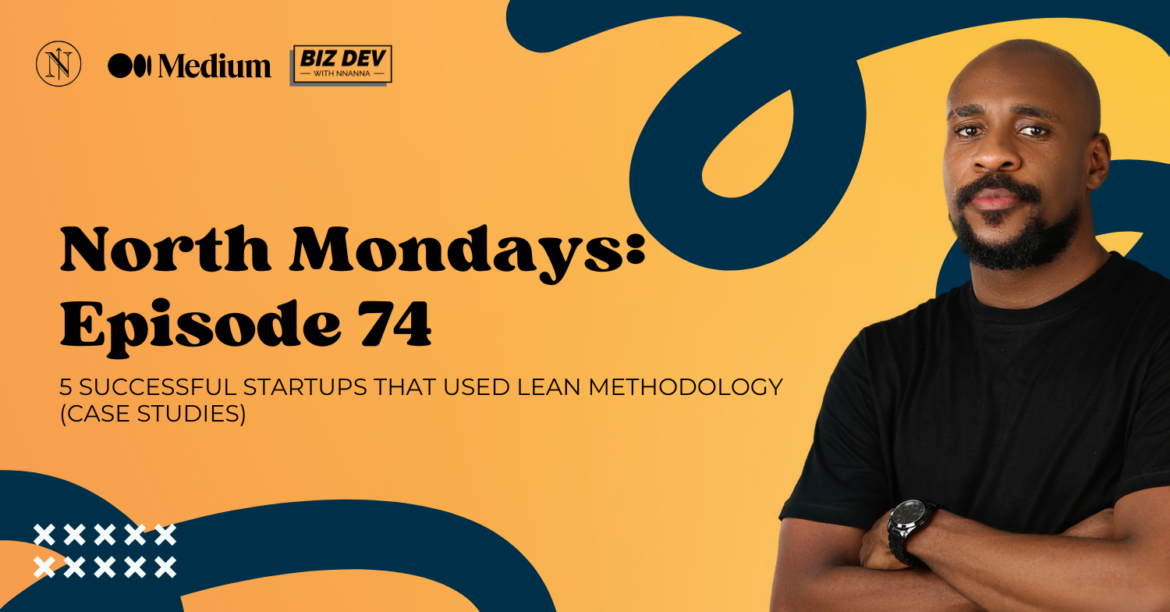
Have you ever wondered how some of today’s most successful startups scaled so efficiently? It wasn’t by chance! Many of these businesses embraced the Lean Startup methodology to minimize waste, test ideas quickly, and make data-driven decisions. If you’re an entrepreneur looking to turn your idea into a thriving business, these case studies will show you how Lean principles paved the way for success.
Want to dive deeper into the mechanics of building a startup using Lean methodology? Check out my online course, “Biz Dev with Nnanna,” where I break down practical strategies to take your business idea to the next level.
In this episode of North Mondays Series, we’re taking you through five real-life examples of startups that used the Lean methodology to reach success. By focusing on MVPs, customer feedback, and iterative improvements, these companies were able to minimize risks while maximizing results. From tech giants to rising disruptors, these stories offer inspiration and practical lessons for any entrepreneur.
You’ll see how these companies, with different products and markets, leveraged the Lean Startup approach to develop, test, and scale their ideas. Understanding their journeys will give you actionable insights into how you can use Lean principles to build your own business. Whether you’re refining an MVP or iterating based on customer feedback, these examples will guide your next move.
Ready to learn from the best? Let’s dive into the case studies of five startups that nailed Lean methodology and see how you can apply their lessons to your entrepreneurial journey. Stick around to the end for key takeaways on using Lean principles for your startup’s success! 🌟
Introduction: How Lean Methodology Powers Startup Success
The Lean Startup methodology, popularized by Eric Ries, has revolutionized how businesses approach product development and market entry. By prioritizing customer feedback, rapid prototyping, and efficient resource management, Lean startups can achieve growth without the bloat of traditional business models.
Today, we’ll explore five successful startups that applied Lean principles to their advantage. Each of these companies used the build-measure-learn framework, validating their ideas with real-world feedback, pivoting when necessary, and ultimately scaling their businesses with less waste and more clarity.
Case Study 1: Dropbox – Building Trust with an MVP
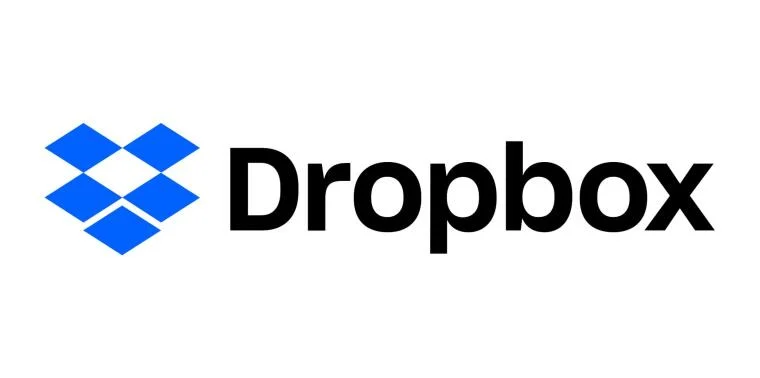
Dropbox is a perfect example of how a startup can leverage the Lean Startup methodology to turn a simple idea into a billion-dollar business. The core problem Dropbox sought to solve was the frustration people experienced when trying to share and sync files across devices. Although file-sharing solutions existed, none of them were as simple or seamless as what Dropbox envisioned. However, before investing significant resources in building the product, Dropbox’s founder, Drew Houston, took a radically lean approach to test whether there was real demand for such a solution.
Instead of building a fully functional app from the start, Houston created an MVP in the form of a demo video. This video didn’t showcase the actual product, but rather a mock-up of how Dropbox would work, walking viewers through the simple steps of dragging and dropping files into a cloud folder. The goal of the video was to demonstrate the product’s core functionality without building anything. Houston knew that if people were excited by the idea alone, they would be more likely to adopt it once it was ready.
The video proved to be a massive success. It quickly spread online, going viral within the tech community and attracting thousands of sign-ups for Dropbox’s waiting list. This provided Houston with a clear signal: people wanted a simple, intuitive way to store and share files in the cloud. Armed with this feedback, Houston and his team were able to focus on building the product features that mattered most to users.
By using a demo video as the MVP, Dropbox avoided the risk of developing features that users didn’t need. This lean approach allowed them to validate demand before committing significant resources to product development. Today, Dropbox has grown into a multi-billion-dollar company with millions of users, but its success began with the validation of a simple MVP that focused on solving a specific pain point.
How Lean was used:
- Instead of building a complex system, Dropbox validated its idea with a short video.
- The feedback from interested users guided the development of the initial product.
- This approach minimized costs and ensured product-market fit from the start.
Case Study 2: Airbnb – Validating Demand with a Simple Website
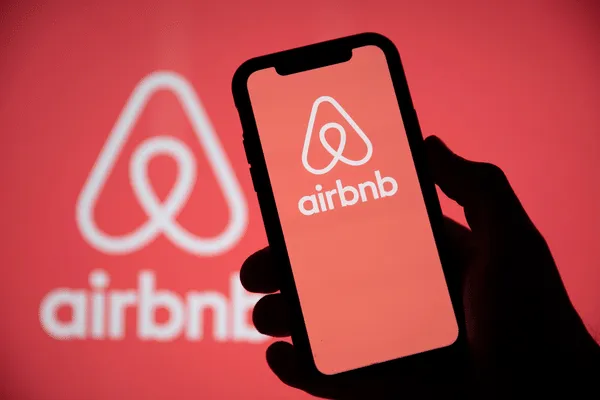
When Airbnb started, the concept of renting out a room in your home to complete strangers was not only new but seemed outright strange. The idea was born when the founders, Brian Chesky and Joe Gebbia, were struggling to pay rent in San Francisco. During a design conference, they saw an opportunity: many attendees couldn’t find affordable accommodation. To solve this, they offered air mattresses in their apartment for a fee and built a basic website to list the space.
This simple website acted as an MVP to test whether people would be willing to pay for such a service. In the early stages, Airbnb’s co-founders didn’t build an extensive booking platform with complex features; they kept it minimal, focusing on one core service—offering short-term accommodation. They also personally met with their initial users to gather direct feedback. This hands-on approach allowed them to learn about user concerns and preferences, such as the need for trust and safety when staying in someone’s home.
To further validate demand, Chesky and Gebbia continued to rent out their apartment while listing other properties on their platform. This allowed them to test the concept across different regions, ensuring there was interest beyond just their local area. Feedback was key during this phase. Every iteration of the website was based on what early users wanted, from the ability to view property photos to having verified reviews.
By staying lean and closely monitoring user behavior, Airbnb was able to iterate quickly. They didn’t build unnecessary features but instead focused on refining their offering based on real-world demand. The MVP confirmed that travelers were willing to trade hotel rooms for more unique, affordable stays, and from there, Airbnb expanded rapidly. Today, Airbnb is a global hospitality giant, valued in the billions, all thanks to its founders’ early use of Lean principles to validate demand before scaling.
How Lean was used:
- The website acted as a minimal viable product (MVP) to gauge demand.
- The founders collected data and feedback from early users, which helped refine their platform.
- This iterative approach helped Airbnb fine-tune its business model before expanding globally.
Case Study 3: Uber – Testing the Ride-Sharing Concept with Lean Principles
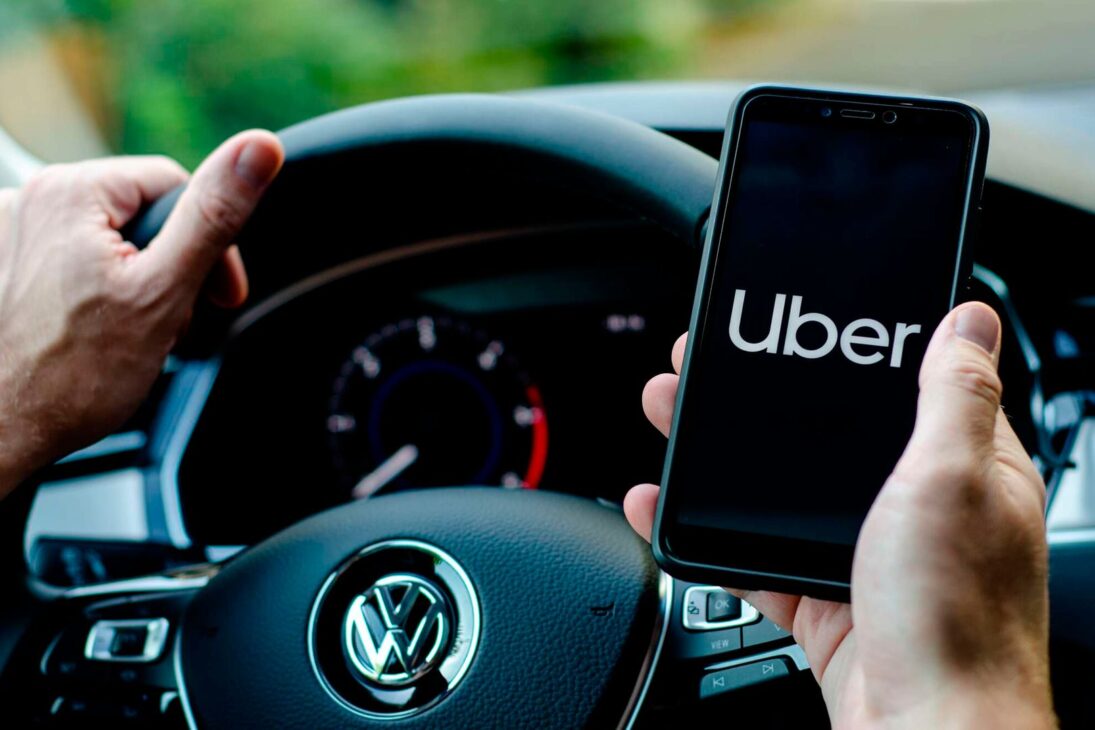
Uber, now a household name, didn’t start out with the massive global footprint it has today. In fact, Uber’s early beginnings were quite humble and followed the Lean Startup methodology to a T. In 2009, Garrett Camp and Travis Kalanick had the idea for a service that could let users hail a private driver with the tap of a button. Their goal was to make rides more convenient, especially in cities where traditional taxi services were inefficient or unreliable. But instead of launching a global app right away, Uber’s founders decided to start small with a localized MVP in San Francisco.
Uber’s first MVP wasn’t the polished app we know today. It was a basic platform that allowed users to order a black car service (luxury cars) from their smartphones. The choice of starting with luxury cars was strategic—it targeted a high-end market, which allowed Uber to test the feasibility of on-demand ride services without having to compete with taxis. Uber initially launched in San Francisco with just a handful of cars and a few hundred users. This minimal scope allowed the team to gather feedback and refine the service in a controlled environment.
The build-measure-learn loop was essential to Uber’s early success. Every ride was an opportunity to learn. Uber closely monitored how long it took for drivers to arrive, how satisfied customers were with their rides, and what price points customers were willing to pay. The team constantly iterated on the platform, improving user experience, adding new features, and refining its pricing model based on feedback.
Uber’s MVP validated that there was demand for a reliable, on-demand car service. Once they had ironed out the kinks in San Francisco, Uber began expanding city by city, maintaining a lean approach by testing each new market before fully committing resources. The company’s global dominance today is a testament to how the Lean methodology can help scale a business effectively by testing, iterating, and learning from real users.
How Lean was used:
- Uber’s MVP was a small-scale launch in one city, testing customer interest in ride-sharing.
- Data from early users helped Uber refine its pricing model and improve its app interface.
- The company scaled gradually, city by city, validating demand along the way.
Case Study 4: Instagram – A Pivot from Burbn to Success

Before Instagram became the social media giant it is today, it began as a completely different app called Burbn. Burbn was a location-based app that combined elements of Foursquare and photo-sharing. Users could check into locations, share photos, plan meetups, and earn points. However, co-founders Kevin Systrom and Mike Krieger quickly realized that the app had too many features, and user engagement wasn’t where they wanted it to be. Most users were primarily using one feature: photo-sharing.
Instead of stubbornly sticking to their original vision, Systrom and Krieger took a lean approach and decided to pivot. They stripped the app down to focus solely on photo-sharing and added simple filters, allowing users to enhance their images. This new, lean version of the app became Instagram. The decision to pivot was driven by user behavior and feedback. Users clearly wanted a simpler way to share and edit photos, and Instagram provided that solution.
By removing all the unnecessary features from Burbn and focusing on one core function, Instagram was able to create a clean, intuitive experience that appealed to a broad audience. The app’s simplicity made it easy for users to adopt, and within just a few months of launching in 2010, Instagram had over a million users.
This lean pivot not only saved Instagram from failure but also allowed it to scale quickly and efficiently. Instagram’s ability to listen to user feedback, iterate on the product, and focus on what mattered most was key to its meteoric rise. Eventually, Instagram’s massive growth caught the attention of Facebook, which acquired the company for $1 billion in 2012, less than two years after it was launched.
How Lean was used:
- Burbn acted as an MVP, testing user behavior and collecting feedback.
- Based on user data, the founders pivoted and simplified the app, focusing solely on photos and filters.
- This pivot, driven by Lean principles, led to Instagram’s explosive growth.
Case Study 5: Spotify – Testing Music Streaming with Lean Feedback Loop
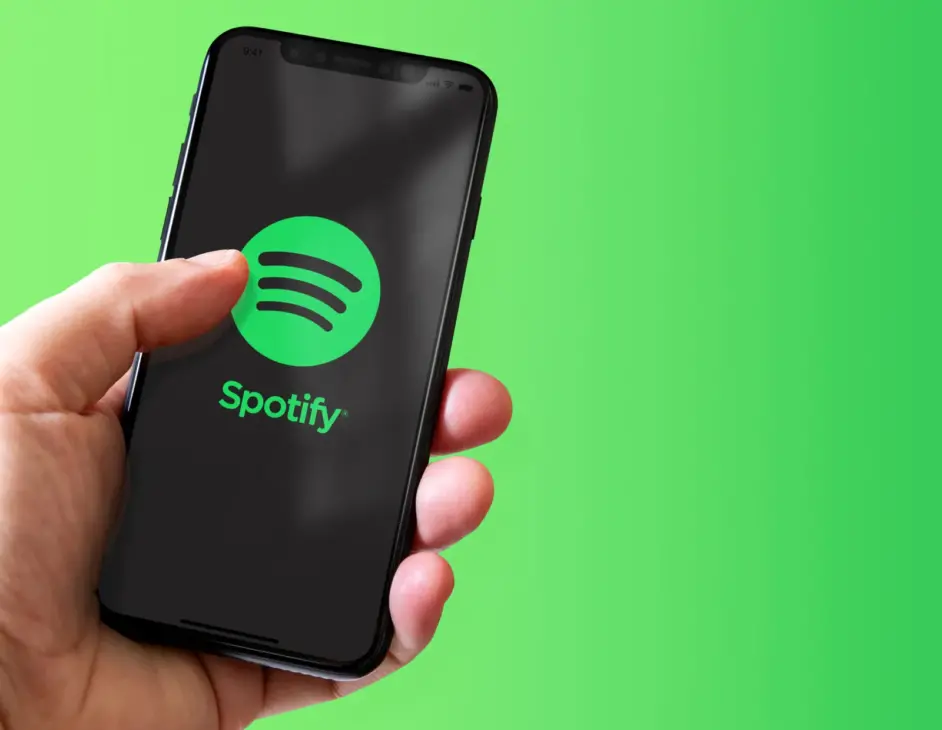
Spotify has revolutionized the way we listen to music, but its early days were all about testing and iterating. Founded by Daniel Ek and Martin Lorentzon in 2006, Spotify aimed to solve the problem of music piracy by offering a legal and accessible way to stream music. Instead of jumping straight into a full-scale global launch, Spotify’s founders used the Lean Startup methodology to validate their concept before scaling.
Spotify’s MVP was a beta version of the app, released in Sweden in 2008. The platform allowed users to stream a limited catalog of music for free with ads or pay for an ad-free experience. The goal was to see if users were willing to adopt a streaming model instead of downloading music illegally. The team closely monitored user behavior, particularly how much music users streamed, what features they used, and their willingness to upgrade to a premium subscription.
One of the most important aspects of Spotify’s lean approach was its focus on feedback loops. Spotify continuously gathered data from its users to improve the service. For example, the ability to create and share playlists became a hit feature, but it was only added after Spotify noticed users wanted a way to organize their music. Similarly, Spotify iterated on its recommendation algorithms to ensure users discovered new music they loved, making the platform more engaging over time.
Spotify also tested different markets before launching globally, starting in Europe before moving to the United States. By taking this measured approach, Spotify was able to refine its product, build relationships with music labels, and ensure the service met user expectations before scaling.
Today, Spotify is the world’s leading music streaming platform with over 500 million active users. Its success is rooted in the Lean principles of constant iteration, customer feedback, and minimal viable product testing, which allowed it to grow from a niche service to a global powerhouse.
How Lean was used:
- Spotify started with a basic streaming platform, focused on user experience and low-latency music delivery.
- The MVP helped Spotify gather crucial feedback on what users valued most in a streaming service.
- Spotify’s focus on iteration and continuous improvement allowed it to grow into a leading player in the industry.
Key Takeaways: How You Can Apply Lean Principles
These case studies highlight how some of the world’s most successful startups began with small, lean experiments. By focusing on MVPs and using customer feedback to iterate, they avoided wasting resources on unvalidated ideas. Here’s what you can learn from these examples:
- Start with an MVP: Don’t overbuild your product. Start small and validate your core assumptions with the least amount of effort.
- Listen to your customers: The feedback loop is essential in Lean methodology. Your customers will tell you what’s working and what’s not.
- Iterate quickly: Be prepared to pivot or refine your idea based on real-world feedback.
- Validate before scaling: Don’t scale prematurely. Ensure your product has been validated by the market before investing heavily.
- Stay resource-efficient: Lean principles encourage you to make the most of what you have, saving time and money in the process.
Conclusion: Lean Startups Are Built for Success
The Lean Startup methodology provides a framework for building businesses that are agile, efficient, and customer-focused. The five companies we’ve discussed today are prime examples of how you can achieve massive success by testing your ideas early, iterating based on feedback, and scaling only when the time is right.
If you want to learn more about applying these principles to your own business, check out my online course, Biz Dev with Nnanna, where we explore these concepts in even greater depth.
FAQs
How do startups use Lean methodology? Startups use Lean methodology to develop and test their ideas with minimal resources. This involves building an MVP, gathering customer feedback, and using that data to iterate quickly. The goal is to ensure product-market fit before scaling up.
What is the MVP approach in Lean Startups? An MVP, or Minimum Viable Product, is a simplified version of a product with just enough features to gather feedback and test assumptions. The MVP helps startups avoid wasting resources on unnecessary features before they validate demand.
How can I apply Lean principles to my startup? You can apply Lean principles by starting small with an MVP, focusing on customer feedback, and iterating quickly. Use the build-measure-learn loop to constantly improve your product and stay agile in your approach.
What are the benefits of using Lean methodology? The key benefits of using Lean methodology include reduced waste, quicker time to market, and better alignment with customer needs. It also allows startups to pivot early if an idea is not working, reducing the risk of failure.
What are examples of successful Lean Startups? Examples of successful Lean Startups include Dropbox, Airbnb, Uber, Instagram, and Spotify. Each of these companies started with small, simple MVPs and used customer feedback to guide their growth.



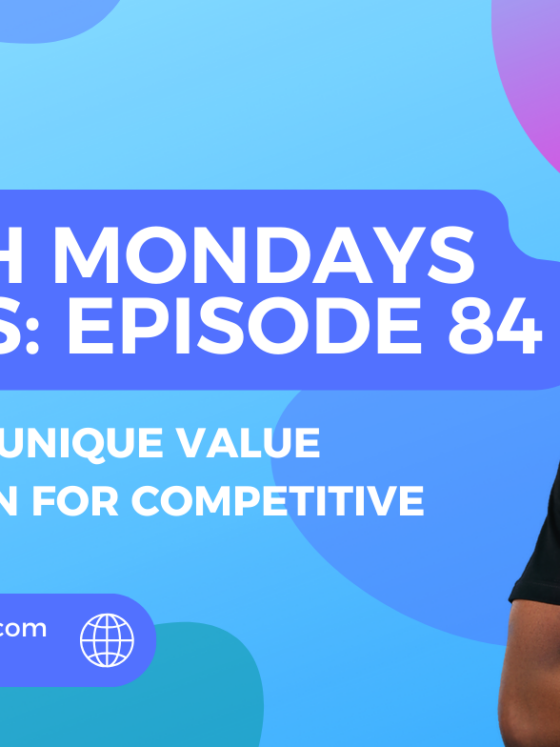

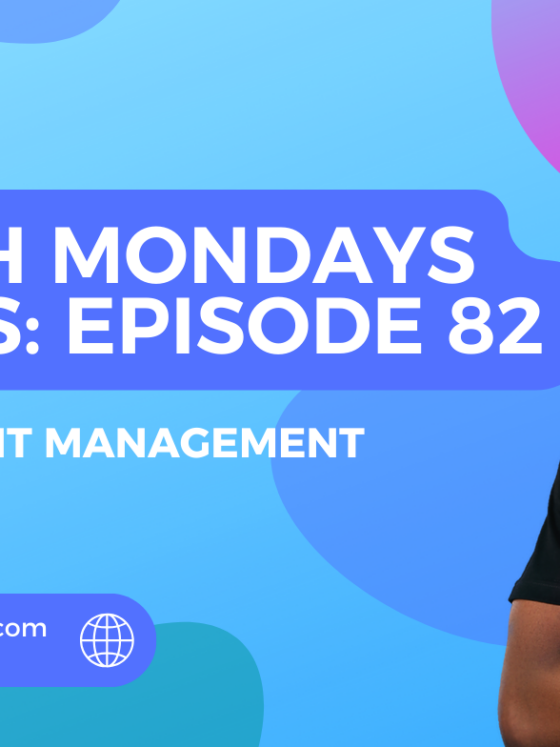
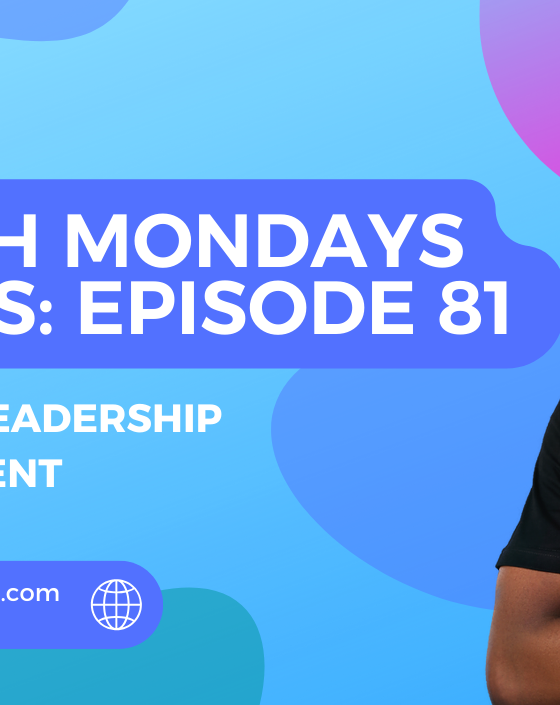
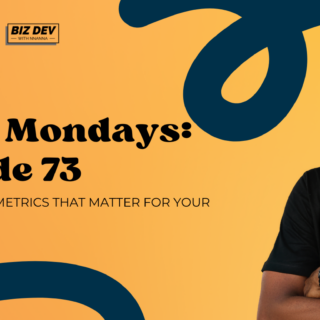
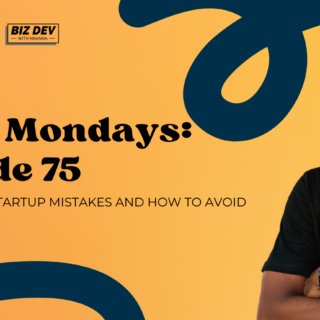
Recent Comments